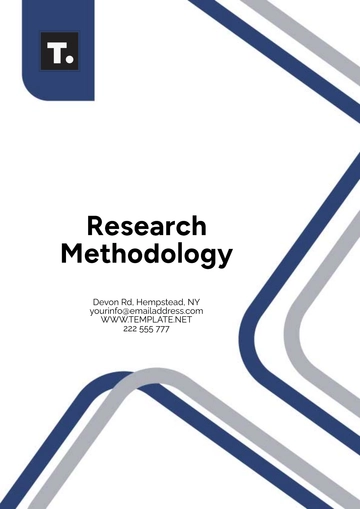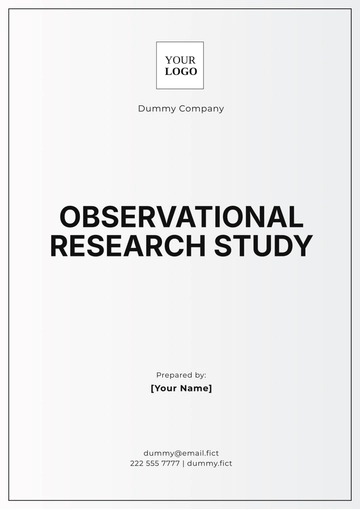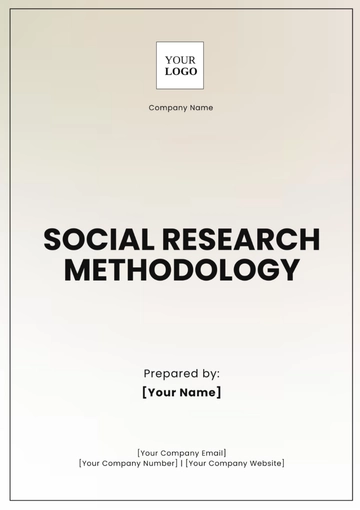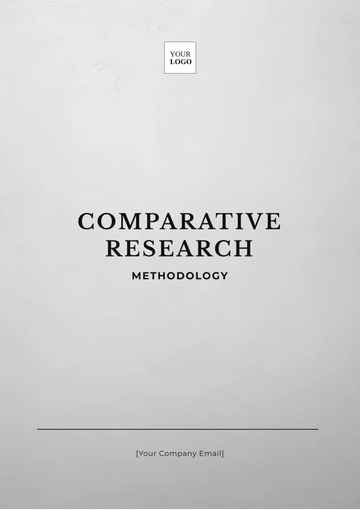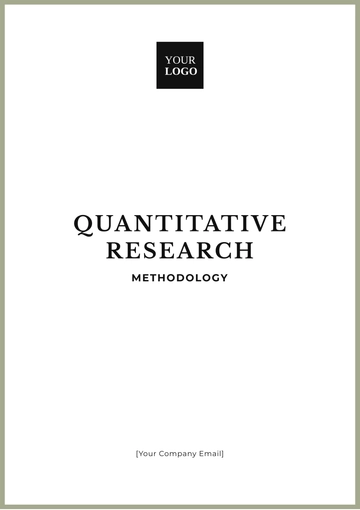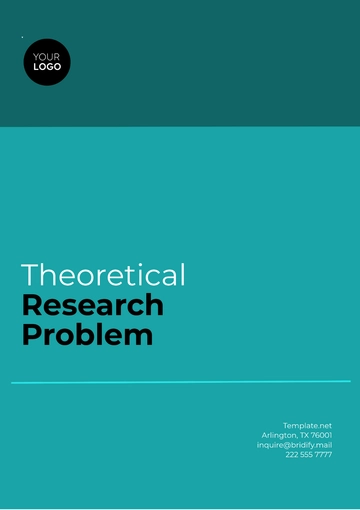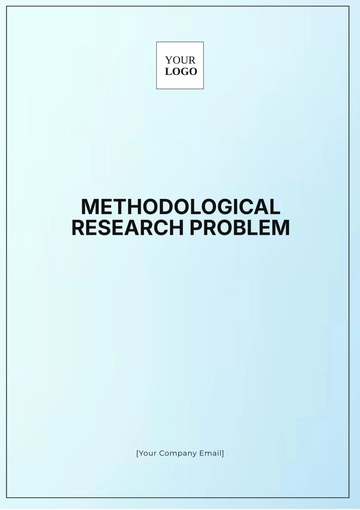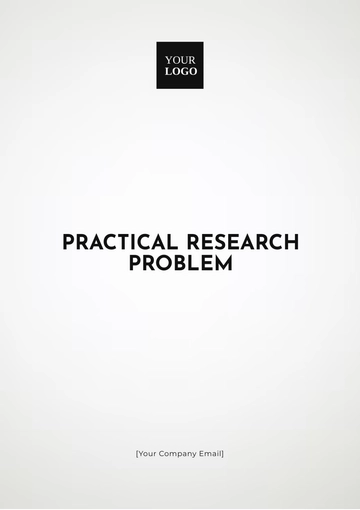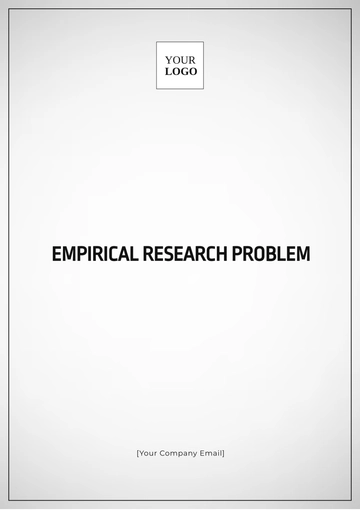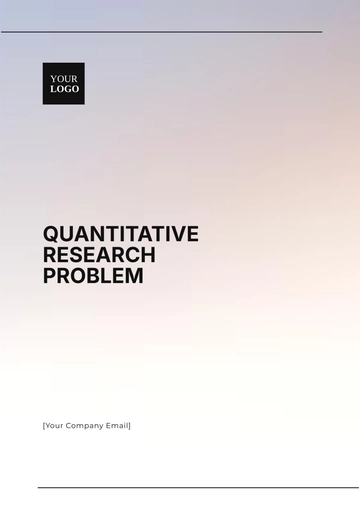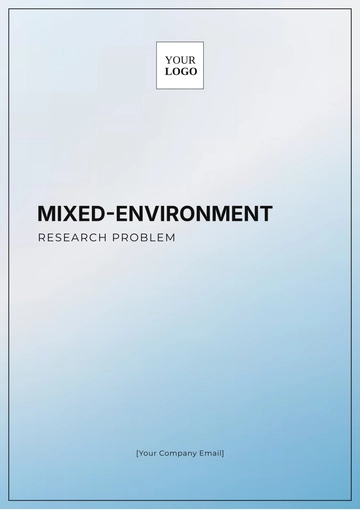Quasi-Experiment Quantitative Research
Prepared by: [Your Name]
Date: [Date]
Quasi-experiment quantitative research is a method utilized to assess the effects of an intervention or treatment without employing random assignment of participants to groups. Unlike true experiments that rely on randomization, quasi-experiments use pre-existing groups or other non-randomized strategies. This design is valuable for identifying causal relationships in situations where randomization is not practical or ethical.
I. Introduction
Quasi-experiment quantitative research offers a robust alternative to true experiments by allowing researchers to examine intervention impacts within real-world settings. This design is especially useful when studying complex phenomena or conducting educational and social research where randomization might be impractical or impossible.
II. Key Features of Quasi-Experiments
Use of pre-existing groups or non-randomized approaches for participant assignment.
Emphasis on identifying causal relationships despite the absence of random assignment.
Flexibility in addressing ethical and practical constraints of research.
III. Types of Quasi-Experimental Designs
Type | Description |
|---|
Non-equivalent Control Group Design | Involves comparing outcomes between a treatment group and a non-randomized control group. |
Interrupted Time Series Design | Examines effects of an intervention over multiple time points before and after its implementation. |
Matched Group Design | Participants are matched on certain characteristics to create comparable groups. |
IV. Strengths and Limitations of Quasi-Experiments
A. Strengths
Allows evaluation of interventions in real-world settings.
Ethical and practical when randomization is not feasible.
Provides valuable information on causal relationships.
B. Limitations
Potential for selection bias due to non-random assignment.
Challenges in controlling for confounding variables.
Difficulty in establishing strong internal validity.
V. Methods for Enhancing Validity in Quasi-Experiments
To improve the validity of quasi-experimental designs, researchers can employ various strategies:
Use matching techniques to create comparable groups.
Implement statistical controls for potential confounding variables.
Conduct longitudinal studies to observe changes over time.
Use multiple pre-tests and post-tests to assess the consistency of results.
VI. Applications of Quasi-Experiments
Quasi-experiments are widely used in diverse fields including:
Educational research to evaluate teaching methods and curricula.
Social sciences to assess the impact of policies and programs.
Health sciences for studying interventions where randomization is not ethical.
VII. Conclusion
Quasi-experiment quantitative research is a powerful tool for evaluating interventions in situations where randomization is impractical or unethical. Despite its limitations, it allows researchers to draw meaningful conclusions about causal relationships in real-world contexts. By carefully addressing validity concerns, quasi-experimental designs can provide invaluable insights across various domains.
VIII. References
Campbell, D. T., & Stanley, J. C. (2050). Experimental and Quasi-Experimental Designs for Research. Houghton Mifflin.
Shadish, W. R., Cook, T. D., & Campbell, D. T. (2051). Experimental and Quasi-Experimental Designs for Generalized Causal Inference. Houghton Mifflin.
Cook, T. D., & Campbell, D. T. (2052). Quasi-Experimentation: Design & Analysis Issues for Field Settings. Houghton Mifflin.
Research Templates @ Template.net


